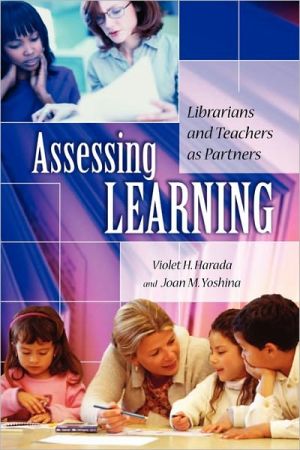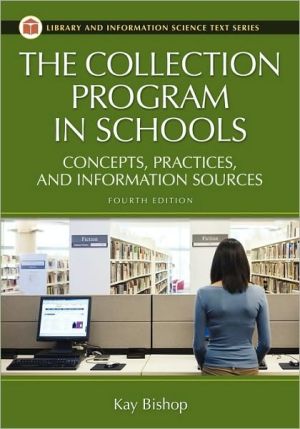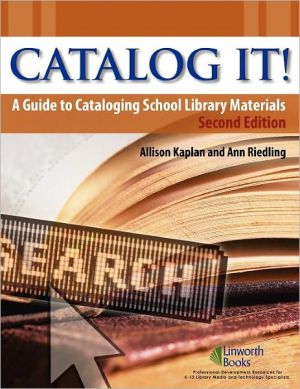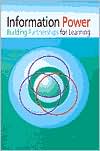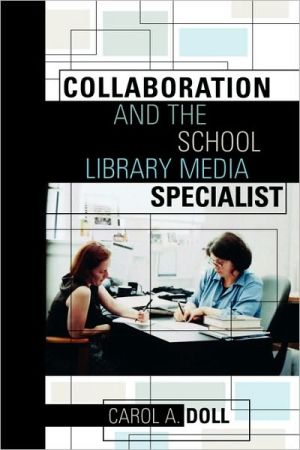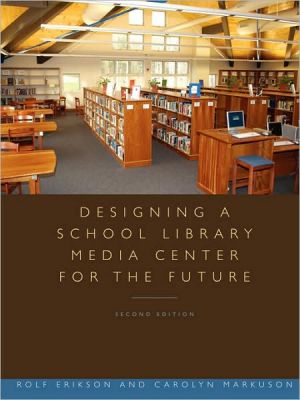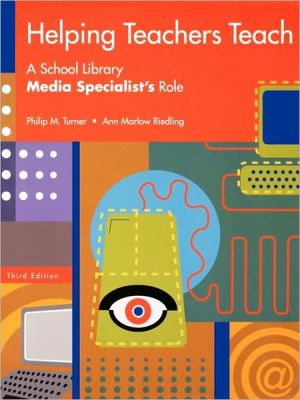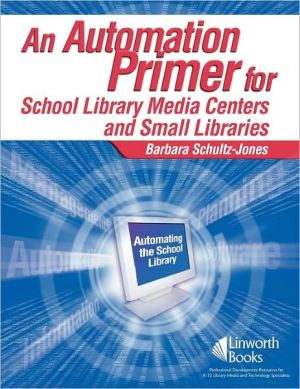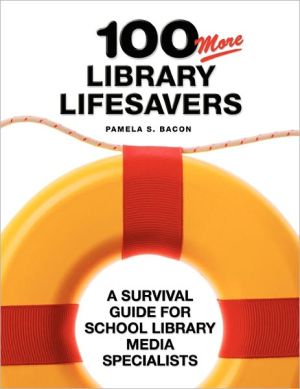Assessing Learning: Librarians and Teachers as Partners
Focusing on the role of library media specialists in assessing student learning, this is the first full-length book written to address its practical application in the school library media center. It is an important book for school librarians to consider as they address their role as teachers in schools and the accountability issues associated with that role. It places students at the center of the assessment equation and addresses the following topics as they relate specifically to school...
Search in google:
When school library media specialists and teachers work as partners, students benefit. Harada (library and information science) and Yoshino (Hawaii Department of Education, retired) give practical advice on assessment as a function of the library media center, tools such as checklists, rubrics, rating scales, conferences, logs, graphic organizers and personal contact, beginning assessment with the end in mind, using student portfolios, including electronic versions, and communicating evidence of learning. They provide additional readings for topics in each chapter, sample profiles, and models for lessons and learning experiences. Annotation ©2005 Book News, Inc., Portland, OR School Library Journal Clearly defying the conventional myth that teaching librarians do not (and need not) assess the results of their instruction, these two experienced Hawaii librarians offer terrific ideas at all grade levels for assessing (formatively) and evaluating (summatively) both our work and that of our students. After reviewing the topic of assessment, the authors look at library media centers to determine where and how students should be assessed and then examine assessment tools and explain a wide array of effective graphic organizers. In a flashback to excellent outcome-based learning strategies (renamed backward planning), they detail units for elementary, middle, and high schools using varied assessments, most extensively student portfolios. Finally, they discuss ways of collecting, analyzing, synthesizing, and communicating the learning to various stakeholders. Close to 100 illustrations demonstrate the many forms of assessment described. Chapters are well constructed and the writing is clear, though sticklers for style may tire of the ubiquitous organizational convention of asking/answering questions. While newer teacher-librarians may learn some of these strategies in library school, veterans should be excited at possibilities that they may never have considered, thus providing much-needed injections of clear, accessible, exciting instruction into their lives as well as those of their students.-Mary R. Hofmann, Rivera Middle School, Merced, CA Copyright 2005 Reed Business Information.
Ch. 1Assessment in today's school1Ch. 2Assessment in the library media center10Ch. 3Tools for assessment : checklists, rubrics, and rating scales19Ch. 4Tools for assessments : conferences, logs, and personal correspondence31Ch. 5Tools for assessment : graphic organizers49Ch. 6Beginning with the end in mind : elementary grade example68Ch. 7Beginning with the end in mind : middle school example81Ch. 8Beginning with the end in mind : high school example92Ch. 9Student portfolios106Ch. 10Communicating evidence of learning125
\ From the Publisher"[T]hese two experienced Hawaii librarians offer terrific ideas at all grade levels for assessing (formatively) and evaluating (summatively) both our work and that of our students. After reviewing the topic of assessment, the authors look at library media centers to determine where and how students should be assessed and then examine assessment tools and explain a wide array of effective graphic organizers. In a flashback to excellent outcome-based learning strategies (renamed backward planning), they detail units for elementary, middle, and high schools using varied assessments, most extensively student portfolios….While newer teacher-librarians may learn some of these strategies in library school, veterans should be excited at possibilities that they may never have considered, thus providing much-needed injections of clear, accessible, exciting instruction into their lives as well as those of their students"\ -\ School Library Journal\ "The question now is: How do we assess student learing in the context of the school media center? This is the first book to answer this question. K-12 media specialists will find this book invaluable in understanding and implementing assessment of student learning and achievement. Each chapter begins with an overview and key questions that are answered in the reading, and ends with an extensive list of print and Internet references….Recommended."\ -\ Library Media Connection\ "One of the most important books of the year on assessment. Highly recommended."\ -\ Teacher Librarian\ "School library media specialists will find the practical tools they need to assess student learning in this book. Included are useful checklists, rubrics, logs, graphic organizers, examples of student portfolios, and sample lessons for all levels. The book also covers how to communicate results to teachers, administrators, and the larger community."\ -\ Curriculum Connections\ \ \ \ \ \ School Library JournalClearly defying the conventional myth that teaching librarians do not (and need not) assess the results of their instruction, these two experienced Hawaii librarians offer terrific ideas at all grade levels for assessing (formatively) and evaluating (summatively) both our work and that of our students. After reviewing the topic of assessment, the authors look at library media centers to determine where and how students should be assessed and then examine assessment tools and explain a wide array of effective graphic organizers. In a flashback to excellent outcome-based learning strategies (renamed backward planning), they detail units for elementary, middle, and high schools using varied assessments, most extensively student portfolios. Finally, they discuss ways of collecting, analyzing, synthesizing, and communicating the learning to various stakeholders. Close to 100 illustrations demonstrate the many forms of assessment described. Chapters are well constructed and the writing is clear, though sticklers for style may tire of the ubiquitous organizational convention of asking/answering questions. While newer teacher-librarians may learn some of these strategies in library school, veterans should be excited at possibilities that they may never have considered, thus providing much-needed injections of clear, accessible, exciting instruction into their lives as well as those of their students.-Mary R. Hofmann, Rivera Middle School, Merced, CA Copyright 2005 Reed Business Information.\ \
